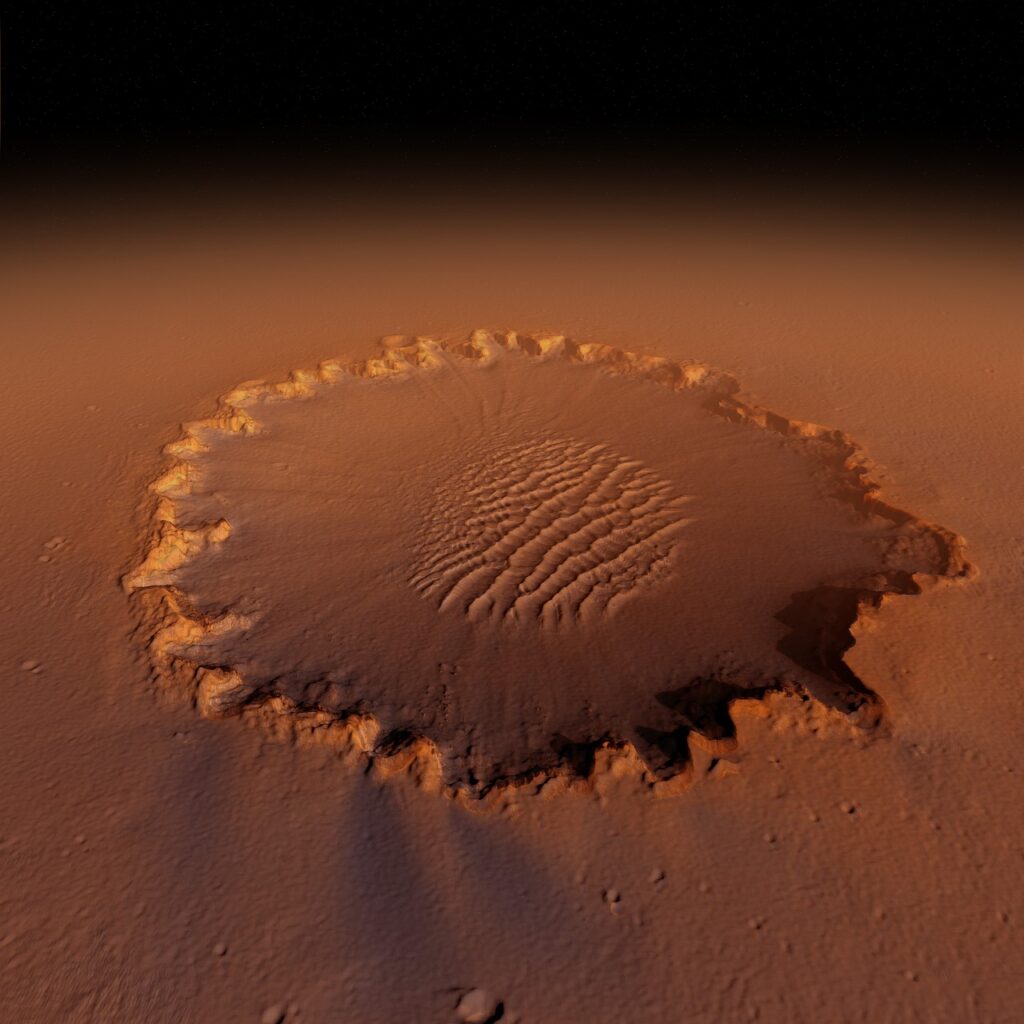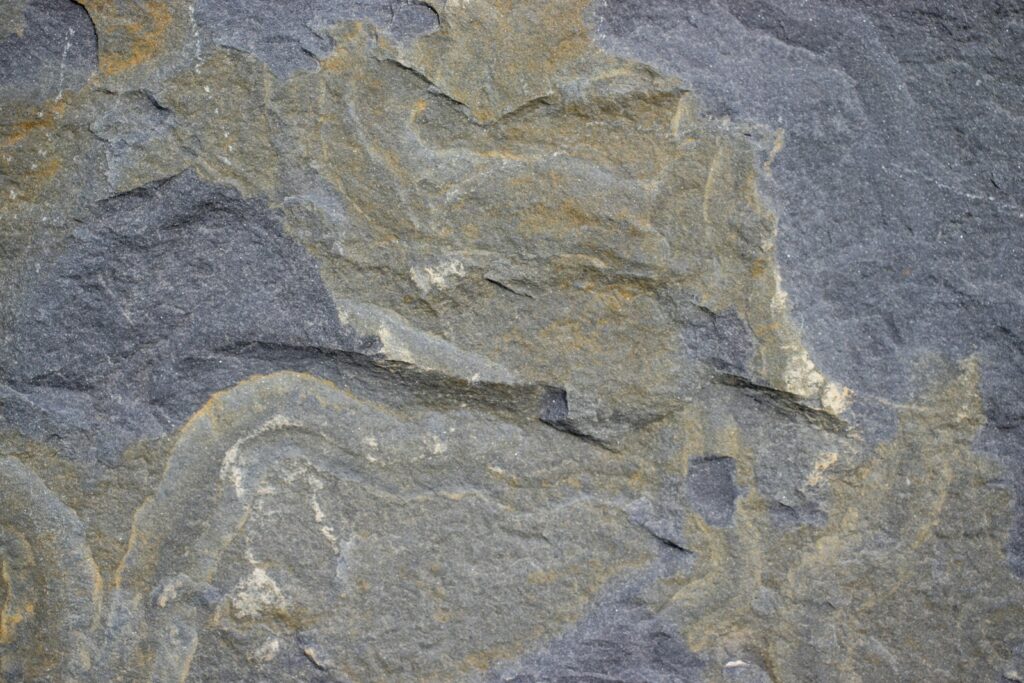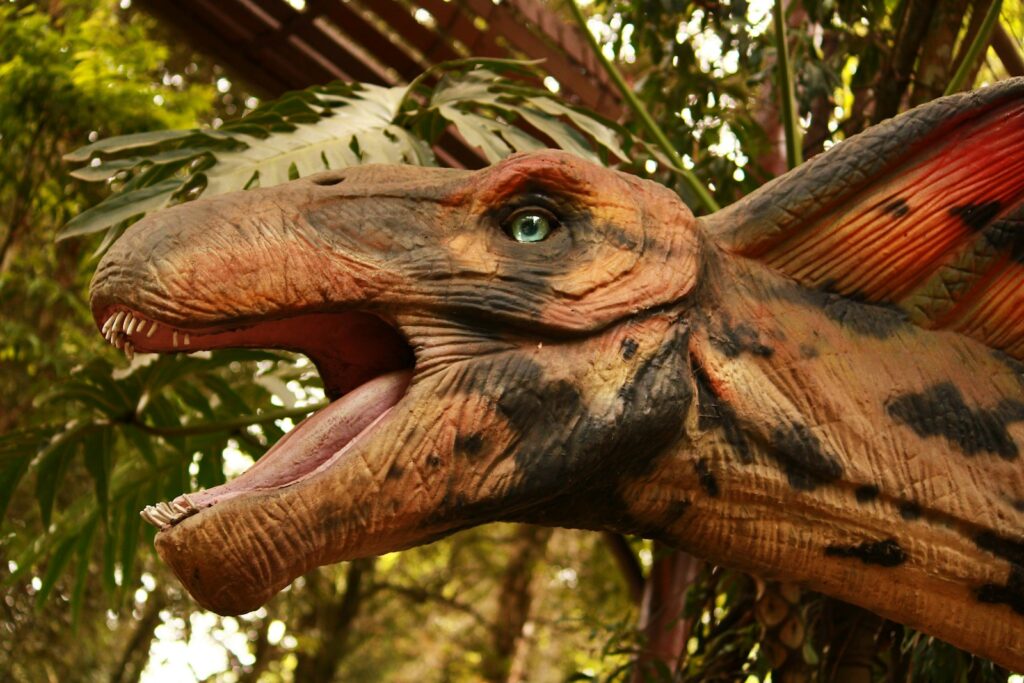Imagine a day when the sun rose as usual, dinosaurs roamed the Earth, and life thrived in ways we can barely comprehend today. Then, in a split second, everything changed forever. The Chicxulub asteroid impact 66 million years ago wasn’t just another cosmic event—it was the ultimate game-changer that rewrote the rules of existence on our planet. This catastrophic collision unleashed forces so powerful that they make every natural disaster in recorded history look like a gentle breeze.
The Moment of Impact: When Physics Became Apocalypse
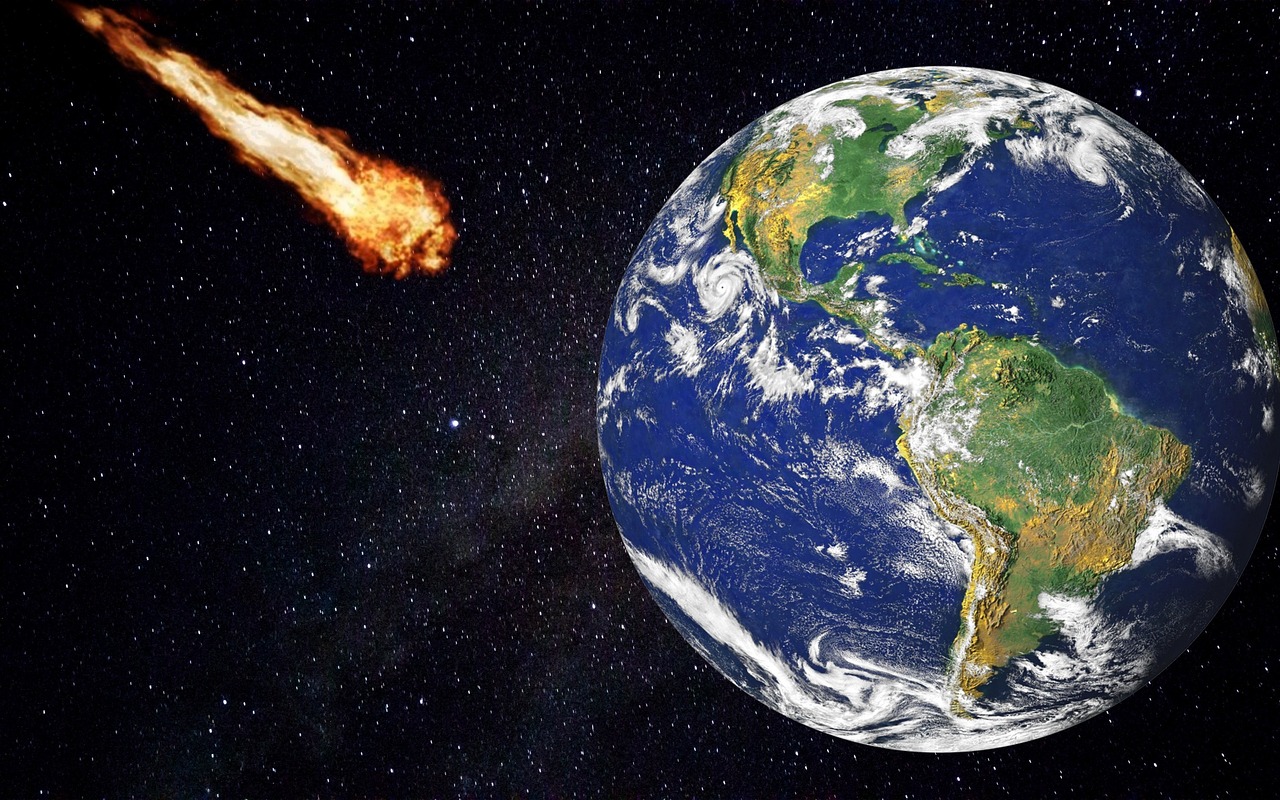
The asteroid that sealed the fate of the dinosaurs measured roughly 10 kilometers across—about the size of Manhattan. When it slammed into Earth at 20 kilometers per second, it released energy equivalent to billions of atomic bombs detonating simultaneously. The impact created a crater 150 kilometers wide and 20 kilometers deep, instantly vaporizing the asteroid and surrounding bedrock.
In that first microsecond, temperatures at the impact site reached 10,000 degrees Celsius—hotter than the surface of the sun. The sheer force of the collision was so immense that it created a momentary hole in the atmosphere, allowing molten rock to be ejected into space. This wasn’t just destruction; it was the complete annihilation of everything within hundreds of kilometers.
The Shockwave That Shook the World
The seismic waves generated by the impact traveled across the globe like ripples in a pond, but these ripples could level mountains. The initial shockwave registered as a magnitude 10+ earthquake, far beyond anything on the modern Richter scale. These waves circled the Earth multiple times, triggering massive landslides and reshaping entire coastlines.
Within minutes, the shockwave reached the other side of the planet, creating what scientists call “antipodal focusing.” Areas directly opposite the impact site experienced concentrated seismic energy that shattered bedrock and created new geological features. The ground liquefied in some regions, swallowing everything on the surface.
A Sky Filled with Molten Glass
The impact hurled millions of tons of molten rock into the atmosphere, creating what scientists call “impact spherules”—tiny glass beads that rained down across the planet. These spherules, heated to incandescent temperatures, fell like a deadly hail of fire that ignited forests and grasslands wherever they landed. The entire sky became a furnace, with temperatures reaching 1,500 degrees Celsius.
Animals caught in the open had no escape from this cosmic blowtorch. The intense heat flash-broiled everything exposed to the sky, while the falling spherules started wildfires that would rage for months. This wasn’t just rain—it was a planet-wide crematorium operating from above.
Mega-Tsunamis That Redrew Coastlines
The impact site in the Yucatan Peninsula displaced enormous volumes of water, creating tsunamis that dwarfed anything in recorded history. These waves reached heights of 100 meters or more, tall enough to submerge a 30-story building. They traveled at speeds of 700 kilometers per hour, carrying the destructive power of entire oceans.
When these mega-tsunamis reached coastlines, they penetrated hundreds of kilometers inland, scouring the landscape clean of all vegetation and life. The waves carved new channels, filled valleys with sediment, and left behind distinctive geological signatures that scientists can still identify today. No coastal ecosystem anywhere on Earth survived this aquatic apocalypse.
The Nuclear Winter That Followed
Within hours of the impact, the atmosphere filled with so much dust and debris that daylight disappeared across the globe. This wasn’t just a cloudy day—it was complete darkness that lasted for months. The particulates suspended in the atmosphere blocked 99% of sunlight, creating a planetary winter that dropped global temperatures by 20-30 degrees Celsius.
Photosynthesis ground to a halt almost instantly. Plants that had evolved over millions of years to depend on sunlight began dying within weeks. The intricate food webs that supported complex ecosystems collapsed like dominoes, starting with the primary producers and working their way up to the apex predators.
Acid Rain on a Planetary Scale

The impact vaporized massive amounts of sulfur-rich rock, releasing sulfur dioxide into the atmosphere. This combined with water vapor to create sulfuric acid clouds that produced acid rain far more corrosive than anything seen today. The pH of rainwater dropped to levels that could dissolve shells, bones, and even some types of rock.
Ocean chemistry changed dramatically as this acid rain fell into the seas. Marine organisms with calcium carbonate shells—from tiny plankton to massive ammonites—found their protective coverings dissolving around them. The very foundation of marine food chains crumbled as microscopic life forms died en masse.
The Great Dying in the Oceans
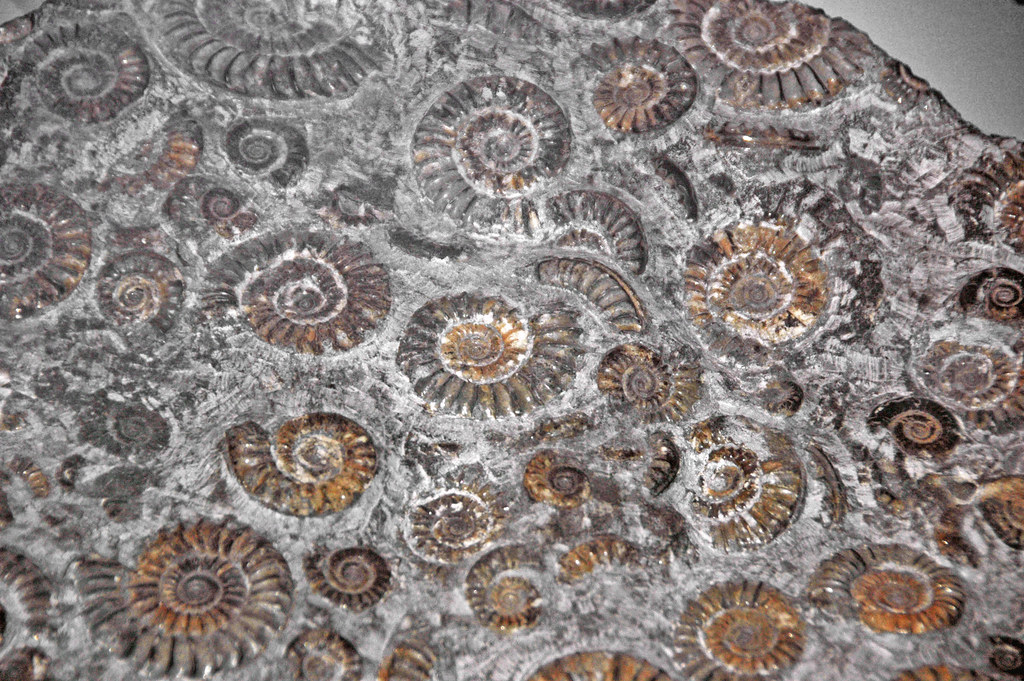
Marine ecosystems, which had seemed safely insulated from terrestrial catastrophes, proved equally vulnerable to the Chicxulub impact. The combination of darkness, acid rain, and temperature changes created a perfect storm of destruction beneath the waves. Plankton populations crashed within weeks, eliminating the base of the oceanic food pyramid.
Large marine reptiles like mosasaurs and plesiosaurs, which had ruled the seas for millions of years, found themselves in a world without adequate food sources. The crystal-clear tropical seas turned murky and lifeless, while oxygen levels plummeted as dead organisms decomposed en masse.
Firestorms That Engulfed Continents
The combination of superheated spherules and the intense heat flash ignited vegetation across entire continents. These weren’t ordinary forest fires—they were firestorms that generated their weather patterns and burned with temperatures hot enough to melt metal. Fossil evidence suggests that up to 80% of the world’s forests burned simultaneously.
The smoke from these global fires added another layer of darkness to the already obscured sky. Carbon monoxide and other toxic gases poisoned the atmosphere, making breathing difficult for any survivors. The familiar green world of the Cretaceous period transformed into a hellscape of ash and smoke.
The Collapse of Food Webs
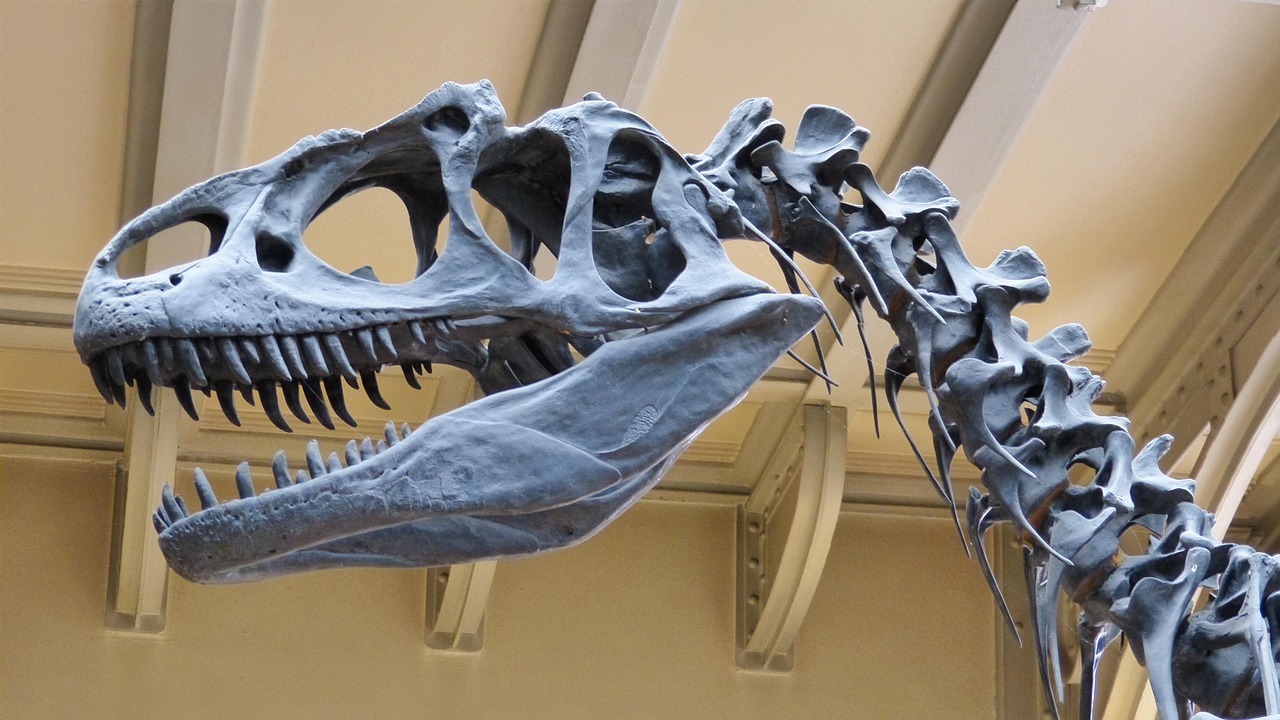
Large herbivorous dinosaurs, which required massive amounts of vegetation to survive, faced starvation within weeks of the impact. A single adult sauropod needed to consume hundreds of kilograms of plant matter daily—an impossible task in a world where photosynthesis had ceased. These gentle giants, some weighing as much as ten elephants, began dying of hunger.
Carnivorous dinosaurs initially had access to the abundant corpses of their prey, but this food source was temporary and often contaminated. As the herbivore populations crashed, the predators found themselves in an ecological dead end with no sustainable food sources. The age of dinosaurs ended not with a bang, but with empty stomachs.
Survivors in the Shadows

While the impact devastated most life forms, some organisms found ways to survive in this transformed world. Small mammals, already adapted to nocturnal lifestyles, were better equipped to handle the prolonged darkness. Their lower metabolic requirements and ability to eat seeds, insects, and carrion gave them crucial advantages.
Birds, the direct descendants of dinosaurs, survived through a combination of their small size, ability to fly to new food sources, and behavioral adaptations. Those that could eat seeds had access to dormant energy stores that remained viable even after the plants that produced them had died.
The Awakening of Mammals
The extinction of dinosaurs created ecological niches that mammals quickly began to fill. Without the competitive pressure from large reptiles, mammals experienced an evolutionary explosion that would reshape the planet. Small, shrew-like creatures began diversifying into forms that would eventually become everything from whales to elephants.
This wasn’t just survival—it was the beginning of the mammalian age. The impact that ended one chapter of Earth’s history simultaneously wrote the first pages of another. The catastrophe that seemed to spell doom for complex life paved the way for the rise of warm-blooded, intelligent creatures.
Environmental Recovery and New Beginnings
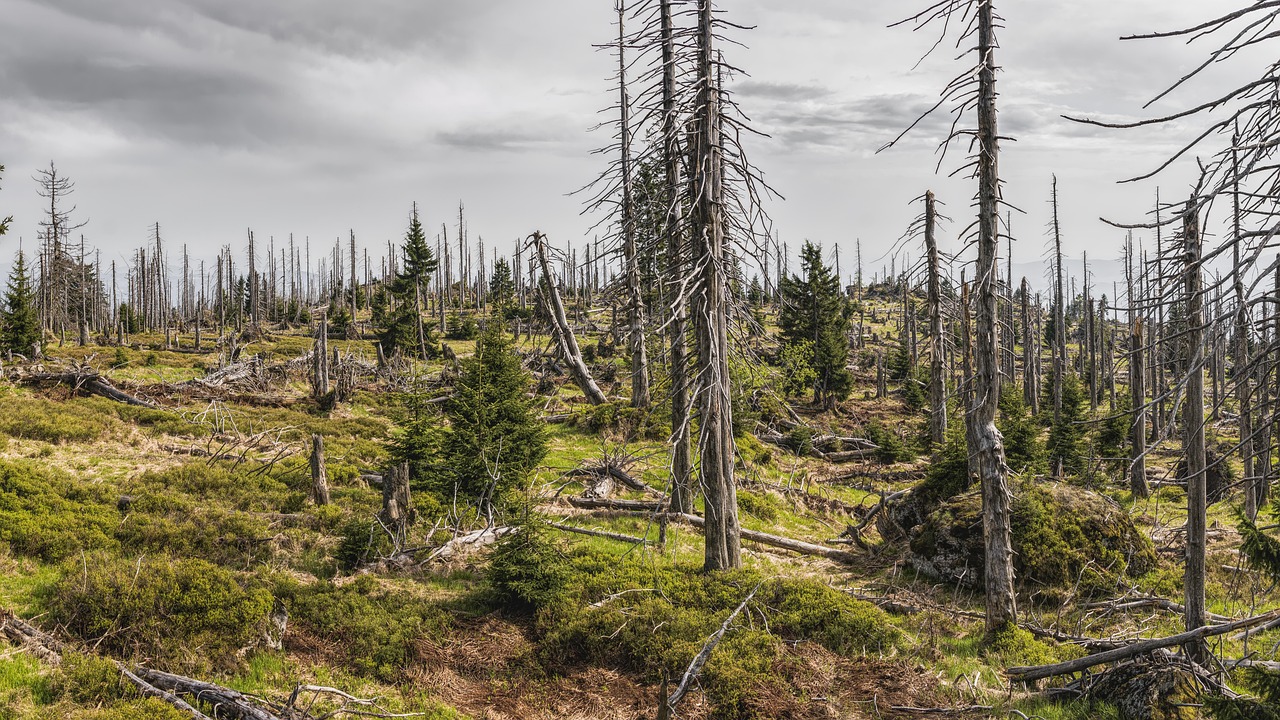
The darkness eventually lifted, but the world that emerged was fundamentally different from the one that existed before the impact. It took thousands of years for dust to settle completely and for normal weather patterns to resume. When sunlight finally returned, it illuminated a planet with drastically altered geography and climate.
Pioneer species—fast-growing plants and resilient microorganisms—began the slow process of recolonizing devastated landscapes. These early colonizers laid the groundwork for new ecosystems that would eventually support the diverse life forms we see today. The recovery was neither quick nor complete, but it was ultimately successful.
Lessons Written in Stone
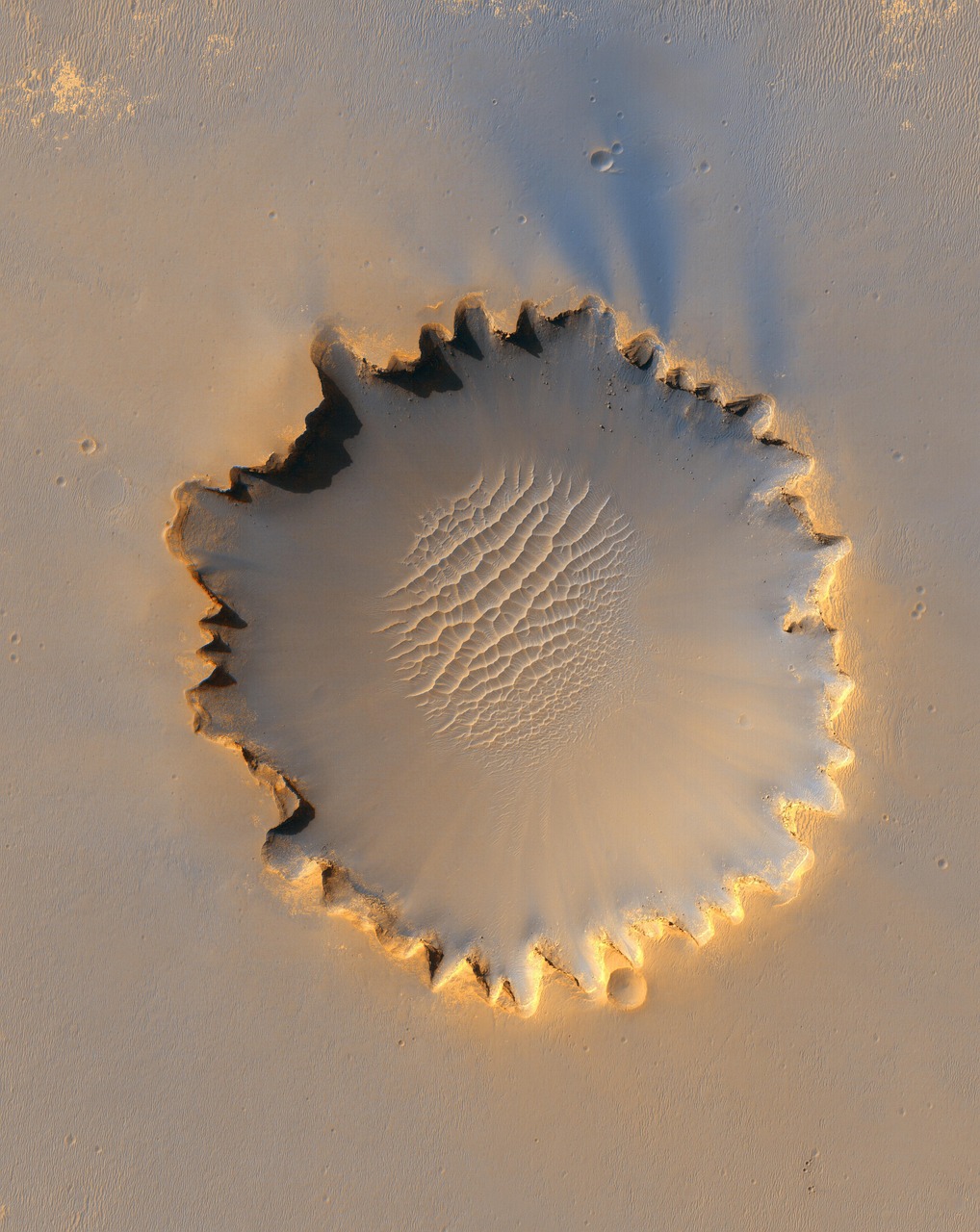
The Chicxulub impact left behind a geological record that scientists continue to study today. The boundary layer between the Cretaceous and Paleogene periods tells the story of that catastrophic day in remarkable detail. Iridium concentrations, shocked quartz crystals, and microscopic spherules provide evidence of the impact’s global reach.
This geological detective story has taught us that Earth’s history is punctuated by sudden, dramatic changes that can reshape the entire planet in a matter of hours or days. The stability we take for granted is quite fragile, and the ecosystems we depend on today exist only because of the specific sequence of events that followed the Chicxulub impact.
The Ultimate Reset Button
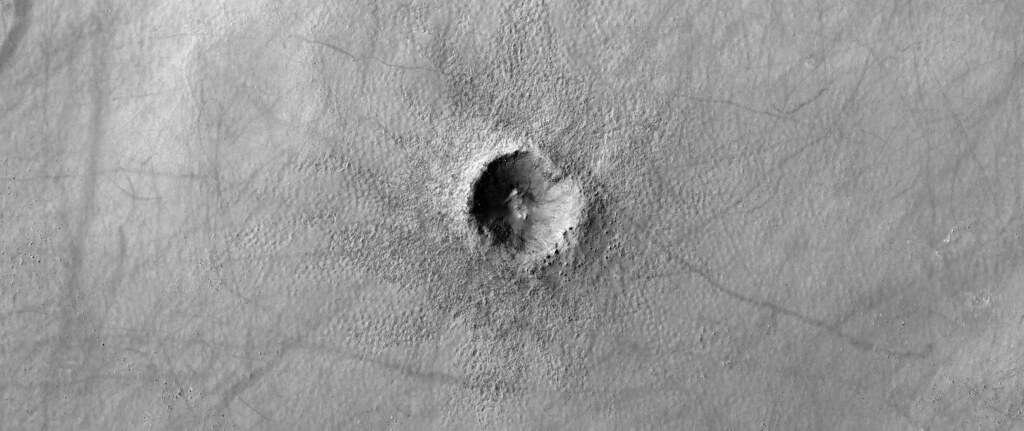
The Chicxulub impact represents one of the most dramatic reset events in Earth’s history. In a single day, it ended the reign of dinosaurs that had lasted 165 million years and set the stage for the rise of mammals and eventually humans. Without this cosmic intervention, our planet might still be dominated by giant reptiles, and mammals might never have evolved beyond small, nocturnal creatures.
This catastrophic event reminds us that Earth’s history is shaped by both gradual changes and sudden, dramatic upheavals. The impact that seemed to end everything created the conditions for new forms of life to emerge and thrive. Sometimes destruction and creation are two sides of the same cosmic coin.
Conclusion

The Chicxulub impact changed everything about our planet in ways that continue to influence life today. From the forests we walk through to the mammals we share the world with, nearly every aspect of modern Earth bears the invisible signature of that catastrophic day 66 million years ago. The asteroid that ended the age of dinosaurs didn’t just destroy—it created the foundation for the world we know and love today. What would our planet look like if that space rock had missed Earth by just a few thousand kilometers?

